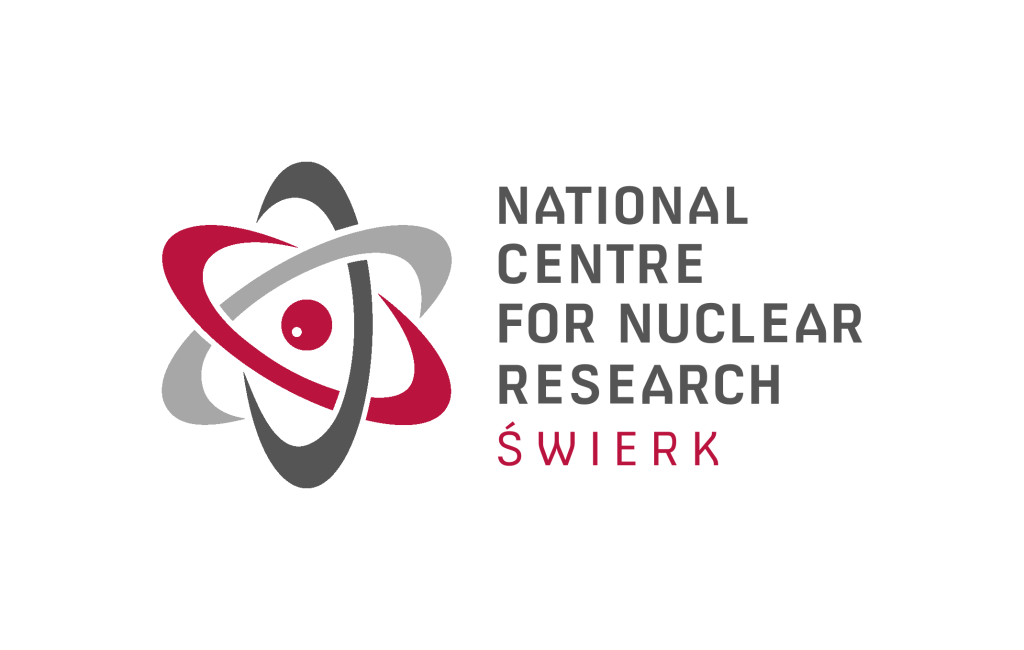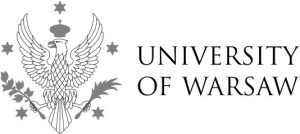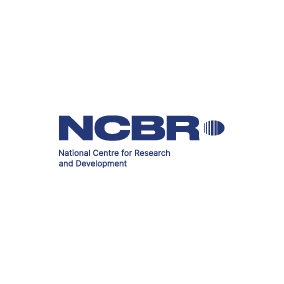Ph.D. associate professor KRZYSZTOF ROGOWSKI
FACULTY OF POWER AND AERONAUTICAL ENGINEERING, WARSAW UNIVERSITY OF TECHNOLOGY
Ph.D. associate professor KRZYSZTOF ROGOWSKI
FACULTY OF POWER AND AERONAUTICAL ENGINEERING,
WARSAW UNIVERSITY OF TECHNOLOGY
Numerical analysis of vertical axis wind turbines
PROJECT OBJECTIVE
Challenge
Vertical axis wind turbines are an alternative to the classic horizontal axis windmills. The aerodynamic efficiencies of both types of windmills are similar. Trials of offshore installation of Darrieus rotor wind turbines are known. The rotational movement of the rotor blades with a vertical axis of rotation significantly disrupts the flow and reduces the efficiency of the device. To date, aerodynamic models based on the principle of conservation of momentum are insufficient to analyse in detail the aerodynamic loads on the rotor blades and the aerodynamic footprint behind the rotor. Currently, numerical fluid mechanics methods are a popular tool for aerodynamic studies.
Project objective
Analysis of aerodynamic loads on a Darrieus-type rotor and development and validation of the author’s numerical model for the analysis of rotor aerodynamic performance.
PROJECT OBJECTIVE
Challenge
Vertical axis wind turbines are an alternative to the classic horizontal axis windmills. The aerodynamic efficiencies of both types of windmills are similar. Trials of offshore installation of Darrieus rotor wind turbines are known. The rotational movement of the rotor blades with a vertical axis of rotation significantly disrupts the flow and reduces the efficiency of the device. To date, aerodynamic models based on the principle of conservation of momentum are insufficient to analyse in detail the aerodynamic loads on the rotor blades and the aerodynamic footprint behind the rotor. Currently, numerical fluid mechanics methods are a popular tool for aerodynamic studies.
Project objective
Analysis of aerodynamic loads on a Darrieus-type rotor and development and validation of the author’s numerical model for the analysis of rotor aerodynamic performance.


TASKS FOR THE SUPERCOMPUTER
01.
In most cases, two-dimensional numerical models of Darrieus rotors were considered. The sizes of the computational grids usually did not exceed 300,000 elements, but the studies were mostly carried out for transient airflow in the rotor area. The analysis of rotor operation under different operating conditions (at different speed discriminators), the small time step and the need to check many numerical parameters necessitate the use of significant computational resources.
02.
Using the supercomputer, flows in the rotor region of Darrieus-type wind turbines were simulated. Two-dimensional geometrical models allowed the flow around blades of infinite length to be studied. This simplification can be successfully applied to low-fill rotors equipped with long and slender blades. The research carried out using the supercomputer concerned small and medium-sized rotors.
- For small windmills, the results obtained for aerodynamic forces and velocity fields were compared with experimental results available in published scientific papers.
- In the case of a medium-power rotor, the characteristics of the aerodynamic profiles were compared, using the same calculation grid that was later used in the calculation of the operating windmill.
BENEFITS OF COOPERATION WITH ICM UW
The use of a supercomputer primarily allowed numerical calculations to be performed efficiently for steady state. The blade angle of attack of a rotating Darrieus-type rotor varies with the rotor rotation angle. In order to obtain a sufficiently accurate solution using the URANS approach and classical two-variable turbulence models, at least 10-20 full rotor rotations must be simulated. It is virtually impossible to perform such calculations on a PC in a reasonable time. The main limitation is the time step length. Speeding up the calculation process is achieved by performing parallel calculations on multiple processors. For 2D models, the optimal number of nodes is 2 with 24 processors per node. ICM’s resources allow several such simulations to be performed simultaneously.
EFFECTS
Achievements:
- Indication of two turbulence models: k-ω SST and k-ε RNG, which allow the aerodynamic loads on the blades and the velocity field around the rotor to be determined.
- Development of an Actuator Cell Model (ACM) method based on the classical URANS formulation and blade element theory to determine the performance of Darrieus-type aerodynamic wind turbines. The model is able to analyse transient velocity field parameters with the use of a technique called sliding mesh available in ANSYS Fluent.
Scientific outcomes:
Performance Analysis of a H-Darrieus Wind Turbine for a Series of 4-Digit NACA Airfoils, Krzysztof Rogowski and Martin Otto Laver Hansen and Galih Bangga, Energies 2020.
CFD Computation of the H-Darrieus Wind Turbine — The Impact of the Rotating Shaft on the Rotor Performance, Krzysztof Rogowski, Energies 2019.
Velocity field around Darrieus wind turbine rotor using actuator cell model and other CFD methods, Krzysztof Rogowski and Klaudia Rogowska, Task Quarterly 2018.
URANS and ACM for determining the aerodynamic performance of vertical-axis wind turbine, Krzysztof Rogowski and Martin Hansen, E3S Web of Conferences 100, 00069, 2019.
The actuator cell model for the Darrieus wind turbine, Krzysztof Rogowski, Journal of Physics: Conference Series 1101 012028, 2018.
Actuator cell model of the 2D H-Darrieus wind turbine, Krzysztof Rogowski, Journal of Theoretical and Applied Mechanics, 2020.
Distinction in the National Competition named after Prof. Jan Szmelter for papers on technical mechanics organised by the Lodz Branch of the PTMTS for the thesis entitled Comparison of turbulent and laminar codes for vertical-axis wind turbine.
EFFECTS
Achievements:
- Indication of two turbulence models: k-ω SST and k-ε RNG, which allow the aerodynamic loads on the blades and the velocity field around the rotor to be determined.
- Development of an Actuator Cell Model (ACM) method based on the classical URANS formulation and blade element theory to determine the performance of Darrieus-type aerodynamic wind turbines. The model is able to analyse transient velocity field parameters with the use of a technique called sliding mesh available in ANSYS Fluent.
Scientific outcomes:
Performance Analysis of a H-Darrieus Wind Turbine for a Series of 4-Digit NACA Airfoils, Krzysztof Rogowski and Martin Otto Laver Hansen and Galih Bangga, Energies 2020.
CFD Computation of the H-Darrieus Wind Turbine — The Impact of the Rotating Shaft on the Rotor Performance, Krzysztof Rogowski, Energies 2019.
Velocity field around Darrieus wind turbine rotor using actuator cell model and other CFD methods, Krzysztof Rogowski and Klaudia Rogowska, Task Quarterly 2018.
URANS and ACM for determining the aerodynamic performance of vertical-axis wind turbine, Krzysztof Rogowski and Martin Hansen, E3S Web of Conferences 100, 00069, 2019.
The actuator cell model for the Darrieus wind turbine, Krzysztof Rogowski, Journal of Physics: Conference Series 1101 012028, 2018.
Actuator cell model of the 2D H-Darrieus wind turbine, Krzysztof Rogowski, Journal of Theoretical and Applied Mechanics, 2020.
Distinction in the National Competition named after Prof. Jan Szmelter for papers on technical mechanics organised by the Lodz Branch of the PTMTS for the thesis entitled Comparison of turbulent and laminar codes for vertical-axis wind turbine.


RECOMMENDATION
RECOMMENDATION
“Thanks to the analyses carried out in collaboration with ICM UW, in 2021 I was awarded a postdoctoral degree in the field of engineering sciences in the discipline of mechanical engineering for a series of 12 thematically related publications entitled ‘Modelling of vertical axis wind turbines using numerical fluid mechanics methods’.”
“To the best of my knowledge, I am the first researcher who has managed to obtain acceptable results for the aerodynamic forces of the Darrieus rotor blades using a laminar model.”
Ph.D. associate professor KRZYSZTOF ROGOWSKI
FACULTY OF POWER AND AERONAUTICAL ENGINEERING,
WARSAW UNIVERSITY OF TECHNOLOGY






